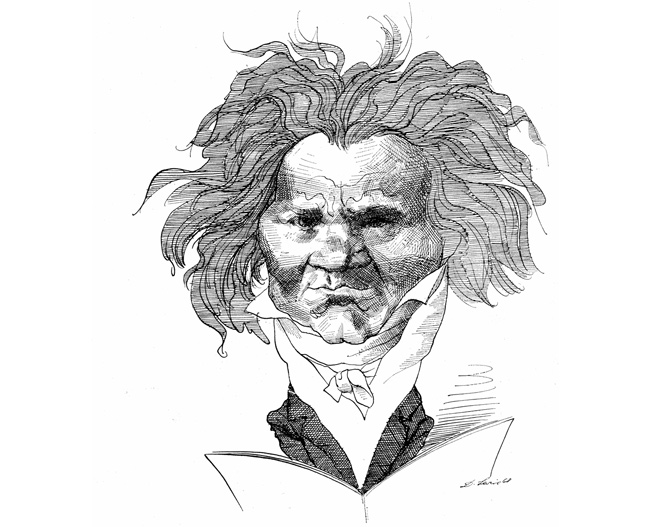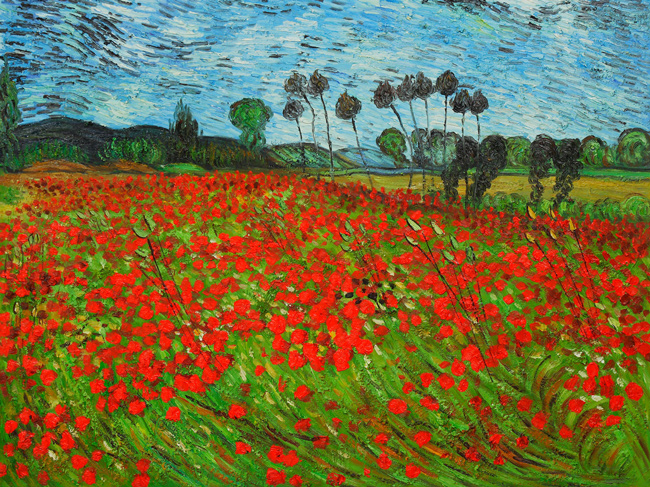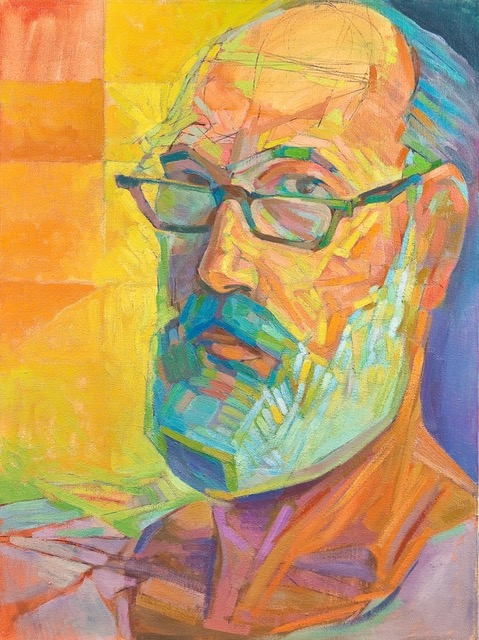When the Studios were first established, my purpose was to create a study program which would stress the value of sound instruction in classical drawing. The tradition of classical drawing has been the mainstay of great painters, sculptors, architects, designers, photographers, and craftsmen.
To draw with understanding and authority is to be prepared to think visually. No other discipline can provide that ability as directly. Drawing is one of those languages, which, like writing, musical notation, and mathematics have forms and conventions which allow them to be understood. One must find the formal means to express the feelings which one has. An idea must be presented clearly, no matter how complex or sophisticated it may be.
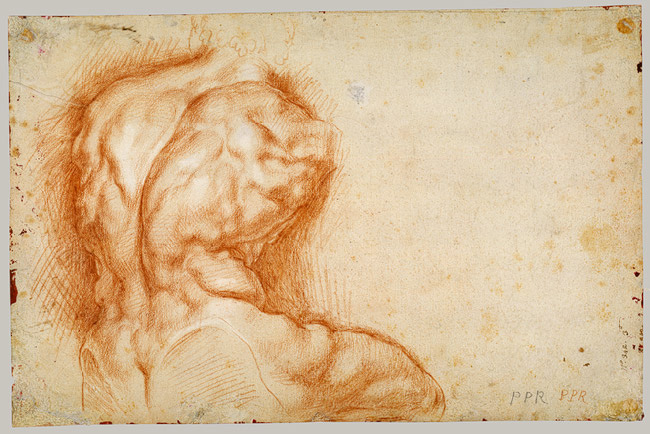
Great visual artists continue the practice of drawing throughout their lives. It is through this ongoing activity that the artist explores new ideas and discovers new forms.
The history of the Studios has been a confirmation of this fundamental belief. May I cite but one situation in which acknowledgement has been consistently forthcoming. On occasions when serious and accomplished artists have visited the Studios, they have lingered before student works and made one of two comments. In essence, they have said, “The stress which you place on sound drawing is as important as you believe it to be.” Or, “I wish that I had been taught to draw well. It has been a life-long struggle to teach myself.”
Advanced Associates
There has been an increase in the enrollment of graduate and professional artists. Architectural illustrators, photographers, art teachers, book and fashion illustrators, portrait painters, cartoonists and individuals aspiring to become respected painters and sculptors continue to be attracted to our program. Their projects and activities have added variety and excitement to the ongoing pursuits of our community. The year is punctuated by the publication of their books, major commissions and the growth in the standard of their work.
The presence of the professional artist introduces that element of push and pull which animates the marketplace. Consequently, we are prevented from sinking into a satisfied, hot-house world of ivory-towered aloofness…which is often characteristic of the art school ambiance.
When an artist uses the term ‘slick’, what is referred to is the work of an accomplished worker who has been repeating past successes…while having ceased to grow. Such static work may pay the costs of keeping one alive, but the soul wilts before work which tends to resemble the product of a rubber stamp. Only through the constant study of a subject can one make those discoveries which sustain excited interest and continued development.
The dread of going stale plagues everyone seeking a healthy level of self-respect. Perhaps, for the artist, whose ideas are presented in public, this is a particularly keen concern.
David Levine is one of the world’s most respected caricaturists. He is a brilliant draftsman. To those who understand such things, it comes as no surprise to learn that he also exhibits impressive oils and watercolors.
The professional artists and designers who are joining our program know the importance of formal studies in classical drawing and painting. It is in these areas that fine-tuning and growth are possible.
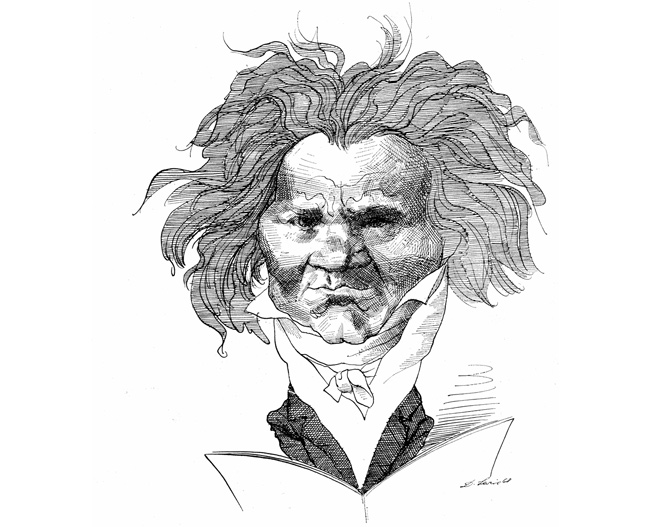
Our Ambassadors
It is often brought to my attention that the Studios are better known in Philadelphia and New York City, than in the Lehigh Valley. Such may not be my wish, but it is understandable. All of our young graduates attend art colleges in those art centers…and it is they who have created a respectable reputation for us.
To discuss art is to express a view. For those who seek to do something useful in the arts, it is disheartening to know that your efforts will be dismissed as mere opinion. However, art is a realm of feelings, tastes, and ideas, over which no school of thought has the right to exercise sole authority.
To chafe at these built-in frustrations is, I hope, not surprising. Which returns us to the subject of the younger student. Here, most apparently, we have something approaching a proof of performance. Here, a convincing case can be made with rather impressive historical evidence.
Every serious youngster, who has studied with us for a reasonable length of time, has gone on to a major art college.
We now have a network of past Studios’ graduates, who welcome our high school students to such schools as Pratt, P.C.A., The Academy, Parson’s, Cooper Union and F.I.T. Comparisons can be made, and options considered.
Once at the school of their choice, these students do very well. They find that they have the sound training which gives them a marked advantage over many of their colleagues.
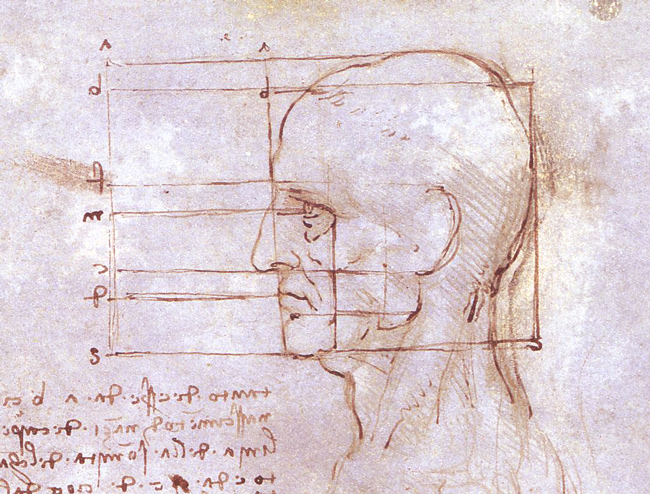
On the other side of this newsletter, Myron talks about his advanced Associates – the professionals studying at the Studios who make their living as artists, designers, teachers, etc…and he talks about his high school students preparing themselves for a career in art. Where does that leave people like me? I’m in business, not an artist and when I was in high school Roosevelt was president (Franklin, not Theodore). What am I doing at the Studios? For one thing, having a great time — learning, not a trade, but an avocation, a hobby, an interest that I expect will involve me for the rest of my life with new challenges, new excitements, new fulfillment and never a boring moment. It’s tough in these classes. Myron and his students take art seriously. It’s demanding, true – but probably because fellow classmates are professionals, I find that I’m expanding my horizons, stretching my abilities, doing better than I would have otherwise. Consequently, while I’m learning how to use the tools involved (pencils, brushes, paints, my eyes, my brain) I have the satisfaction, and compensation, of accomplishments beyond my expectations.
— Robert L. Hertz
